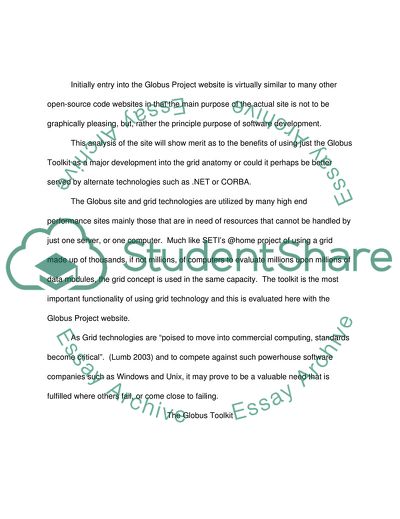Cite this document
(Grid Technology and The Globus Project Assignment, n.d.)
Grid Technology and The Globus Project Assignment. https://studentshare.org/information-technology/1703420-globus-project
Grid Technology and The Globus Project Assignment. https://studentshare.org/information-technology/1703420-globus-project
(Grid Technology and The Globus Project Assignment)
Grid Technology and The Globus Project Assignment. https://studentshare.org/information-technology/1703420-globus-project.
Grid Technology and The Globus Project Assignment. https://studentshare.org/information-technology/1703420-globus-project.
“Grid Technology and The Globus Project Assignment”. https://studentshare.org/information-technology/1703420-globus-project.


